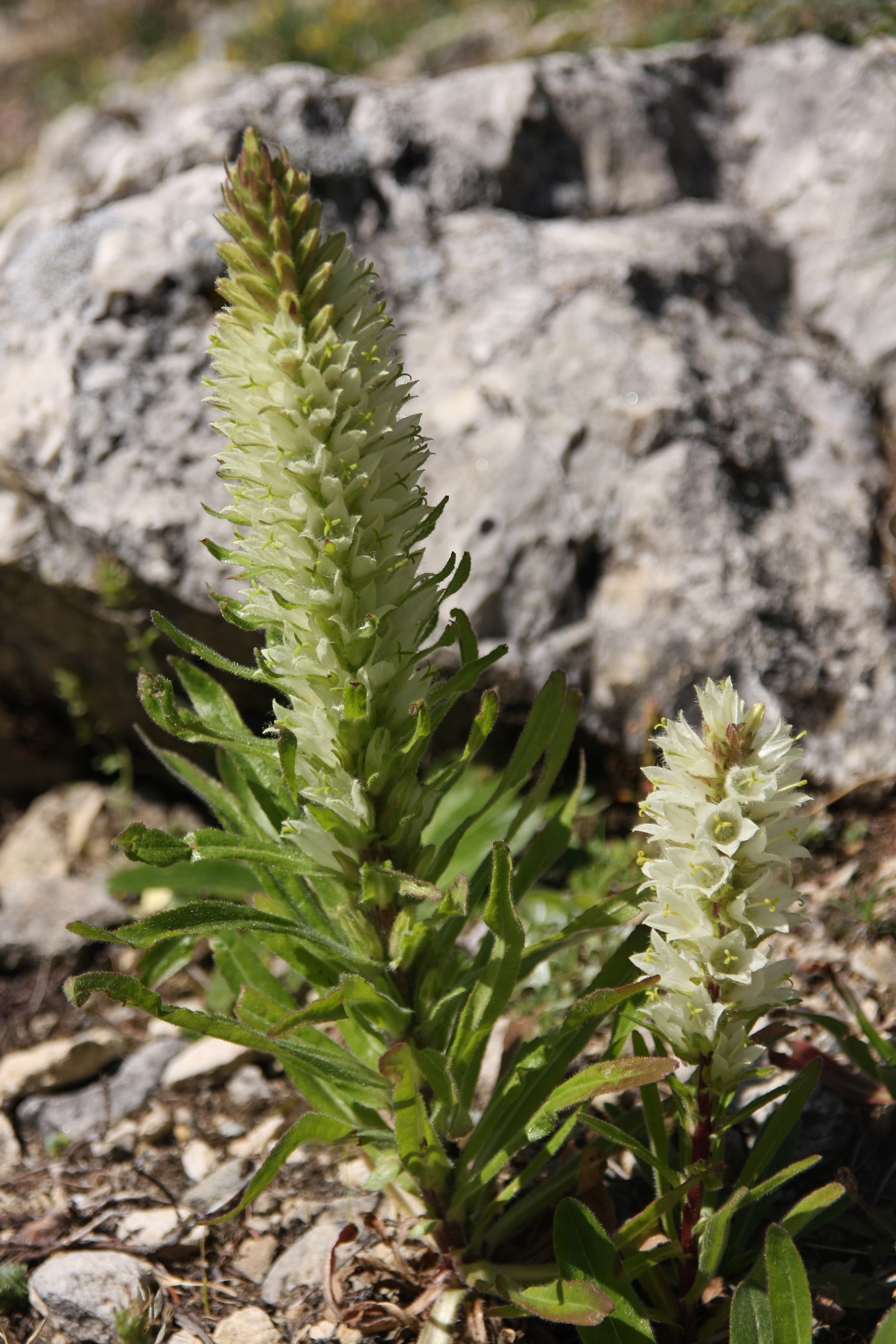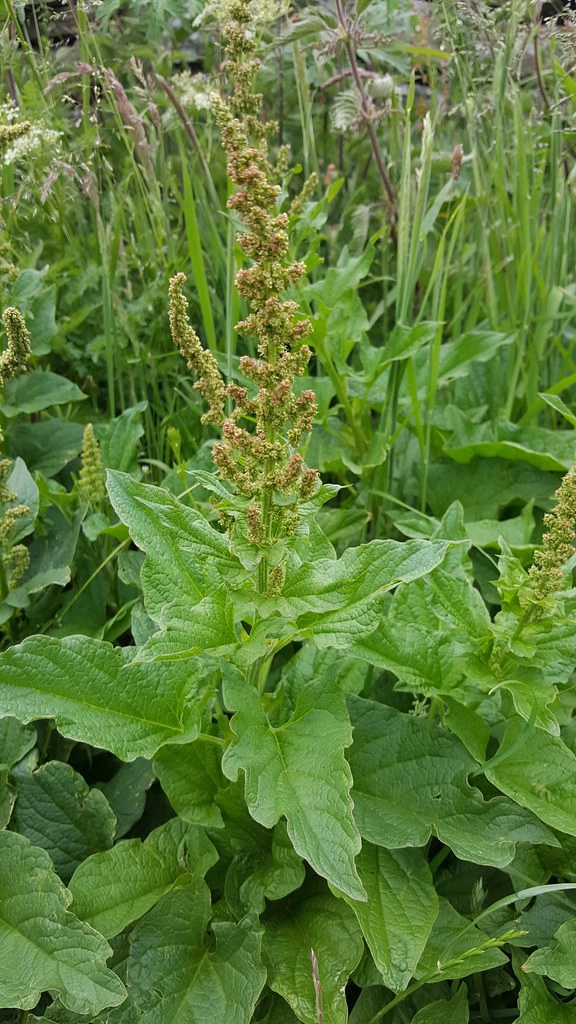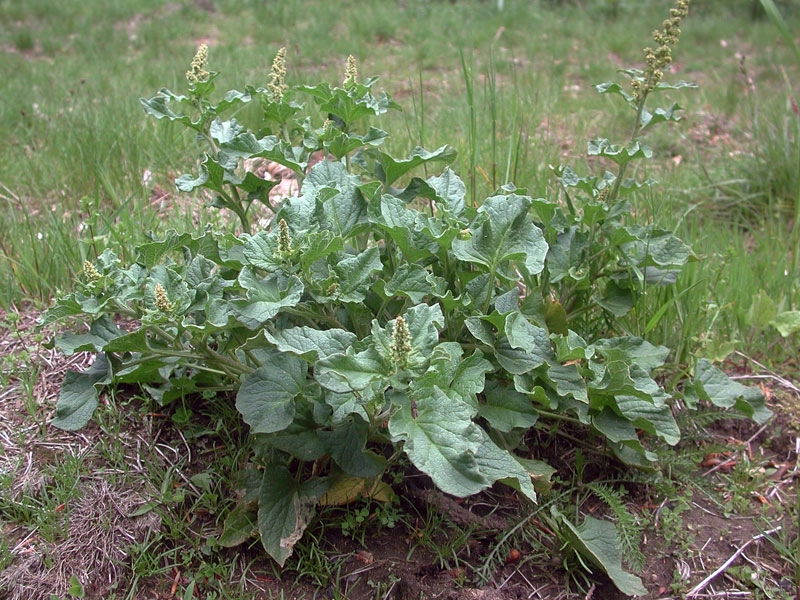Chenopodium bonus-henricus
 See on the map
Listen to audio
See on the map
Listen to audio
- Officinal
This plant, which is fairly common, prefers nitrogen and potassium-rich soils hence it grows on alpine pastures and on fallow land. Its leaves, which have a triangular-hastate lamina with two divergent lobes at the base, are dark green on the upper page and powdery-white on the lower. Its inflorescence is a terminal spike consisting in small and fairly insignificant, greenish-brown flowers. [The name of this genus comes from the Greek words chenós (goose) and podós (foot) due to the resemblance of the leaves to the legs of a goose. Its specific name may derive from the fact that the plant was dedicated to Henry IV, protector of botanists, given the use this plant had during his reign]. It is well-known, especially among mountain people, due to its nutritional qualities, but it also has medicinal properties. Containing a lot of iron, other minerals and vitamins, it is an excellent demineralizer and therefore is restorative, antianaemic, laxative and purifying. Its leaves are excellent in salads or, after lightly cooking in salted water, they can be used like spinach. If steamed, the inflorescences can be served like asparagus. Like cultivated spinach (which belong to the same family), this plant contains many soluble oxalates which can be irritating and harmful for those who suffer from kidney stones, arthritis and rheumatism.




